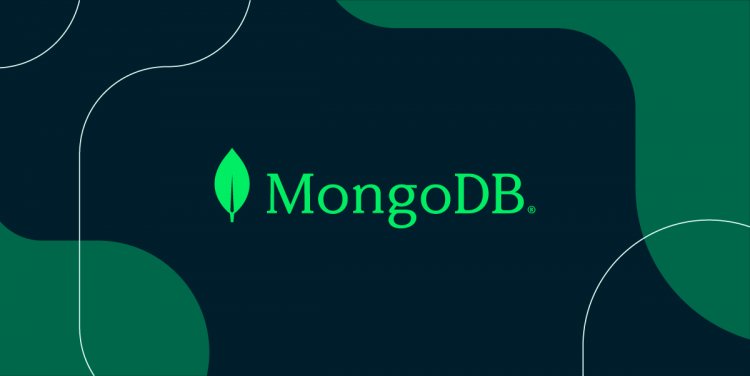MongoDB - ObjectId

MongoDB, the popular NoSQL database, relies heavily on the unique and intricate structure of ObjectIds. In this article, we delve into the world of MongoDB ObjectIds, unraveling their composition and exploring how they are generated. By the end of this journey, you'll have a clear understanding of this crucial aspect of MongoDB.
Table of Contents
- Introduction to MongoDB ObjectIds
- Anatomy of an MongoDB ObjectId
- Default Use in MongoDB
- Creating a New ObjectId
- ObjectId Use Cases
- Conclusion
- FAQs
1. Introduction to MongoDB ObjectIds
In our previous encounters with MongoDB, the ObjectId has played a central role. It's the magic behind document identification and uniqueness. But what exactly is an ObjectId, and how does it work?
2. Anatomy of an MongoDB ObjectId
An ObjectId is a 12-byte BSON (Binary JSON) type, and its structure is fascinatingly complex:
- The first 4 bytes represent the number of seconds since the Unix epoch.
- The next 3 bytes identify the machine or server generating the ObjectId.
- The following 2 bytes consist of the process ID.
- The last 3 bytes hold a randomly generated counter value.
This intricate combination ensures that ObjectId values are unique across documents and collections.
3. Default Use in MongoDB
MongoDB defaults to using ObjectIds as the values of the _id field for each document. When you create a new document, MongoDB automatically generates a unique ObjectId for it. This default behavior simplifies document identification and retrieval.
4. Creating a New ObjectId
Creating a new ObjectId in MongoDB is straightforward. You can use the following code snippet:
> newObjectId = ObjectId()This code generates a new, entirely unique ObjectId that can be used for various purposes within your MongoDB database.
5. ObjectId Use Cases
ObjectIds are not just random strings of characters; they serve essential roles in MongoDB:
- Document Identification: ObjectIds uniquely identify each document in a collection, ensuring data integrity and consistency.
- Indexing: MongoDB automatically indexes the
_idfield, optimizing query performance. - Timestamps: The ObjectId's initial 4 bytes encode a timestamp, providing information about when the document was created.
6. Conclusion
Understanding MongoDB ObjectIds is key to proficiently working with MongoDB databases. These unique identifiers ensure data accuracy and facilitate efficient querying. With this knowledge, you're better equipped to harness the full potential of MongoDB in your applications.
FAQs
-
Can I customize the ObjectId generation process in MongoDB?
- No, MongoDB generates ObjectIds automatically with a specific structure.
-
Are ObjectIds always unique across collections?
- Yes, ObjectIds are unique across collections and databases, ensuring global uniqueness.
-
Can I use ObjectIds as primary keys in MongoDB?
- Yes, ObjectId is commonly used as the primary key in MongoDB.
-
What happens if I try to insert a document with a duplicate ObjectId?
- MongoDB will reject the insertion, maintaining the uniqueness of ObjectId values.
-
Do ObjectId values have a specific order or pattern?
- Yes, the first 4 bytes represent a timestamp, so ObjectId values can be roughly ordered by creation time.

 user-pcr
user-pcr 













